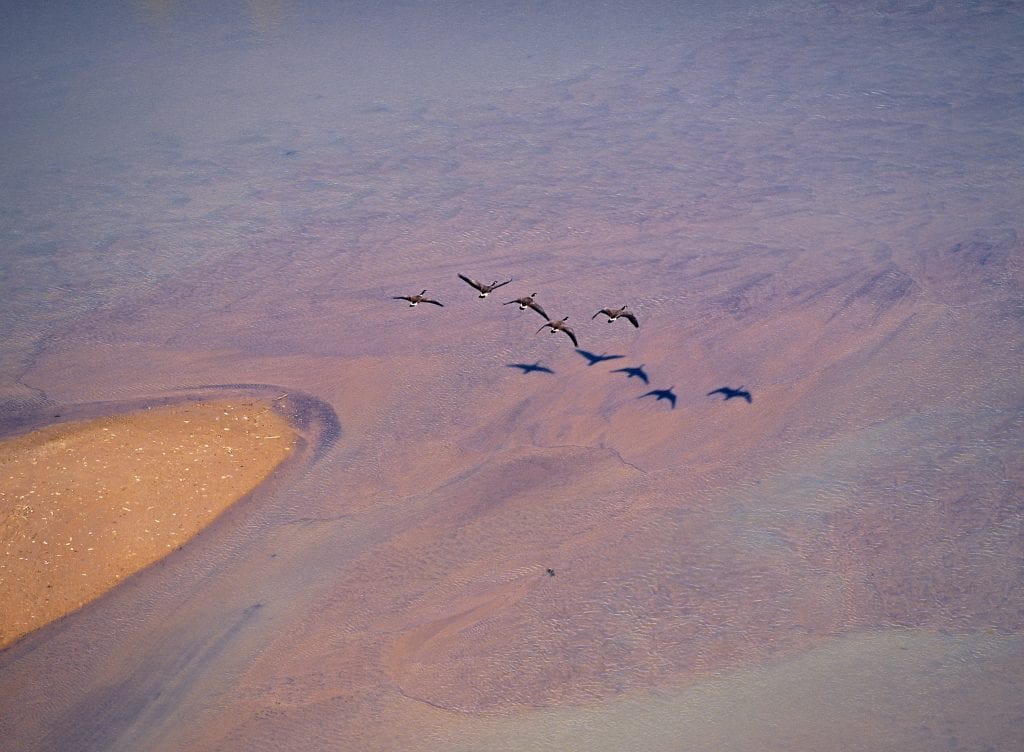Current work in wildlife, rivers, public lands, and climate
Press Releases
Expansion of Hunting on Wildlife Refuges Threatens Imperiled Species
“Dams, reckless border walls, and unsustainable water diversions in the Rio Grande basin are already pushing many species of fish and wildlife to the brink of extinction,” said Jen Pelz, Rio Grande Waterkeeper and Wild Rivers Program Director at WildEarth Guardians. “The added nation-wide hunting and fishing expansion is a one-size-fits-all death sentence for imperiled species in this region, such as the ocelot, that rely on the refuge system to provide viable habitat and protection from human harm and harassment.”
On April 9th, the Trump administration proposed the expansion of hunting and fishing on 97 national wildlife refuges. The rule’s 60-day public comment period closes on June 8. In addition to the national rule, however, each of the 97 refuges conducted their own public comment periods on each individual refuge’s hunt/fish plans and environmental and consistency reviews. Information on individual refuge plans and status of public comment periods can be found on the refuge’s website.
“The timing of these concerning policies being rammed through during a national emergency is not a coincidence,” added Pelz. “People need a reprieve from the threats to their communities and their health, not a barrage of new worries and concerns.”
The Rio Grande is a major flyway for migratory birds and also serves as a vital corridor for fish and wildlife. In the early 1900s, the Bosque del Apache National Wildlife Refuge, in particular, played an important role in mimicking the disappearing Rio Grande floodplain and restoring sandhill cranes from only a few hundred birds back to their current population in the tens of thousands of birds.
The five refuges along the Rio Grande also provide key habitat for species listed and protected under the Endangered Species Act. The refuges combine to provide habitat to at least 25 federally listed species, including the ocelot, Gulf Coast jaguarundi, northern aplomado falcon, and Walker’s manioc (TX); the Rio Grande silvery minnow (NM); and the Southwestern willow flycatcher and yellow-billed cuckoo (CO, NM). The proposed hunting and fishing expansion will directly impact these species through habitat destruction and disturbance to possible direct harm and harassment. For example, in the Lower Rio Grande Valley refuge expansion, the hunt plan opens a tract to hunting where ocelot have been documented.
“We have an extinction crisis in the American West,” said Taylor Jones, Endangered Species Advocate for WildEarth Guardians. “Expanding hunting and fishing in some of the most important protected habitat for imperiled species is beyond irresponsible, it’s negligent, and we plan to hold the agency accountable.”
Click here for a list and map of National Wildlife Refuges impacted by the expansion proposal.

Canada geese, Bosque del Apache National Wildlife Refuge, New Mexico. Photo by Adriel Heisey.